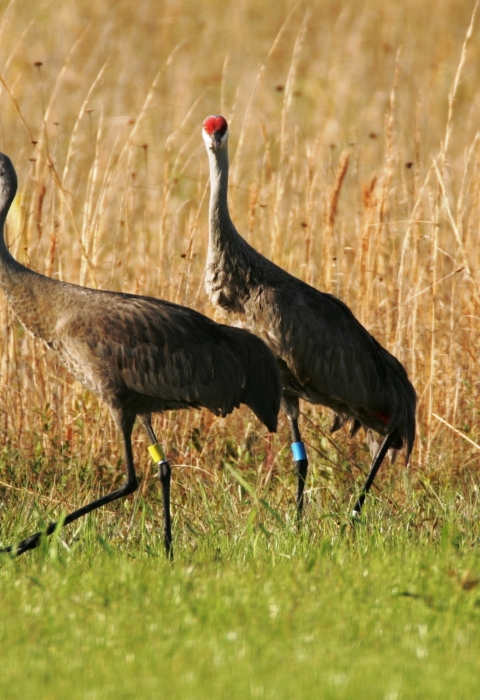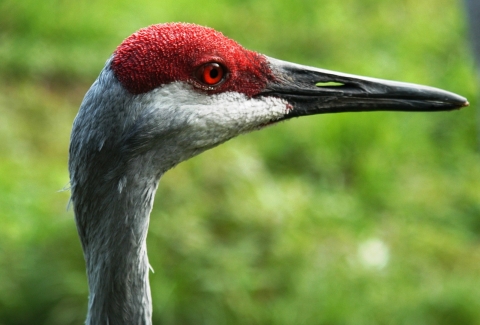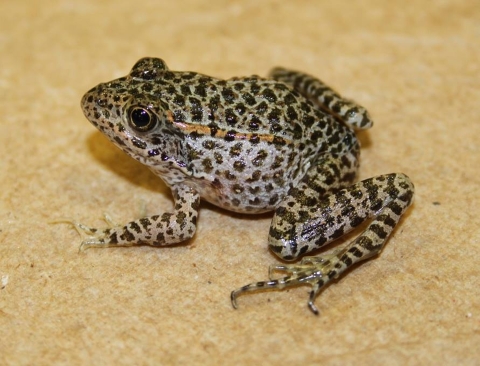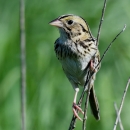Visit Us
National wildlife refuges offer us all a chance to unplug from the stresses of daily life and reconnect with our natural surroundings.
Stroll through some of the last remaining wet pine savannas for a chance to view one of the critically endangered Mississippi sandhill cranes. The refuge also offers outstanding birding opportunities as well as the chance to see other rare and fascinating species, from orchids to pitcher plants. View the interactive exhibits in the refuge Visitor Center and view a short film on the creation and purpose of the refuge.
Location and Contact Information
About Us
The Mississippi Sandhill Crane National Wildlife Refuge was established in 1975 under authority of the Endangered Species Act to protect the critically endangered Mississippi sandhill cranes and their unique, and itself endangered, wet pine savanna habitat.
The crane population, at that time only 30-35 birds, is currently at approximately 130 birds. Through captive rearing and reintroduction to the area as well as wild birds nesting in the savannas, the crane population continues to grow.
The refuge also protects and restores the last large expanses of wet pine savanna, primarily through the use of prescribed fire. The wet pine savanna is one of the most diverse ecosystems in the U.S. with more than 30 plants found in a square meter of land.
What We Do
Mississippi Sandhill Crane National Wildlife Refuge was established for the protection and recovery of it's namesake, the Mississippi sandhill crane, and the restoration of the endangered wet pine savanna habitat. By restoring the wet pine savanna, the refuge provides ideal habitat for the cranes as well as many other species native to the Gulf Coast region. By using habitat management tools, such as prescribed burns, tracking and monitoring, and reintroduction, the refuge works to preserve and protect this unique natural resource for present and future generations.
Our Species
The refuge was established in 1975 under authority of the Endangered Species Act to protect the critically endangered Mississippi sandhill cranes and their unique, and itself endangered, wet pine savanna habitat.
The crane population, at that time only 30-35 birds, is currently at approximately 120 birds. Through captive rearing and reintroduction to the area as well as wild birds nesting in the savannas, the crane population continues to grow.
The refuge also protects and restores the last large expanses of wet pine savanna, primarily through the use of prescribed fire. The wet pine savanna is one of the most diverse ecosystems in the U.S. with more than 30 plants found in a square meter of land.
Get Involved
Whether you want to further conservation, learn more about nature or share your love of the outdoors, you’ve come to the right place. National wildlife refuges provide many opportunities for you to help your community and fish and wildlife by doing what you love



